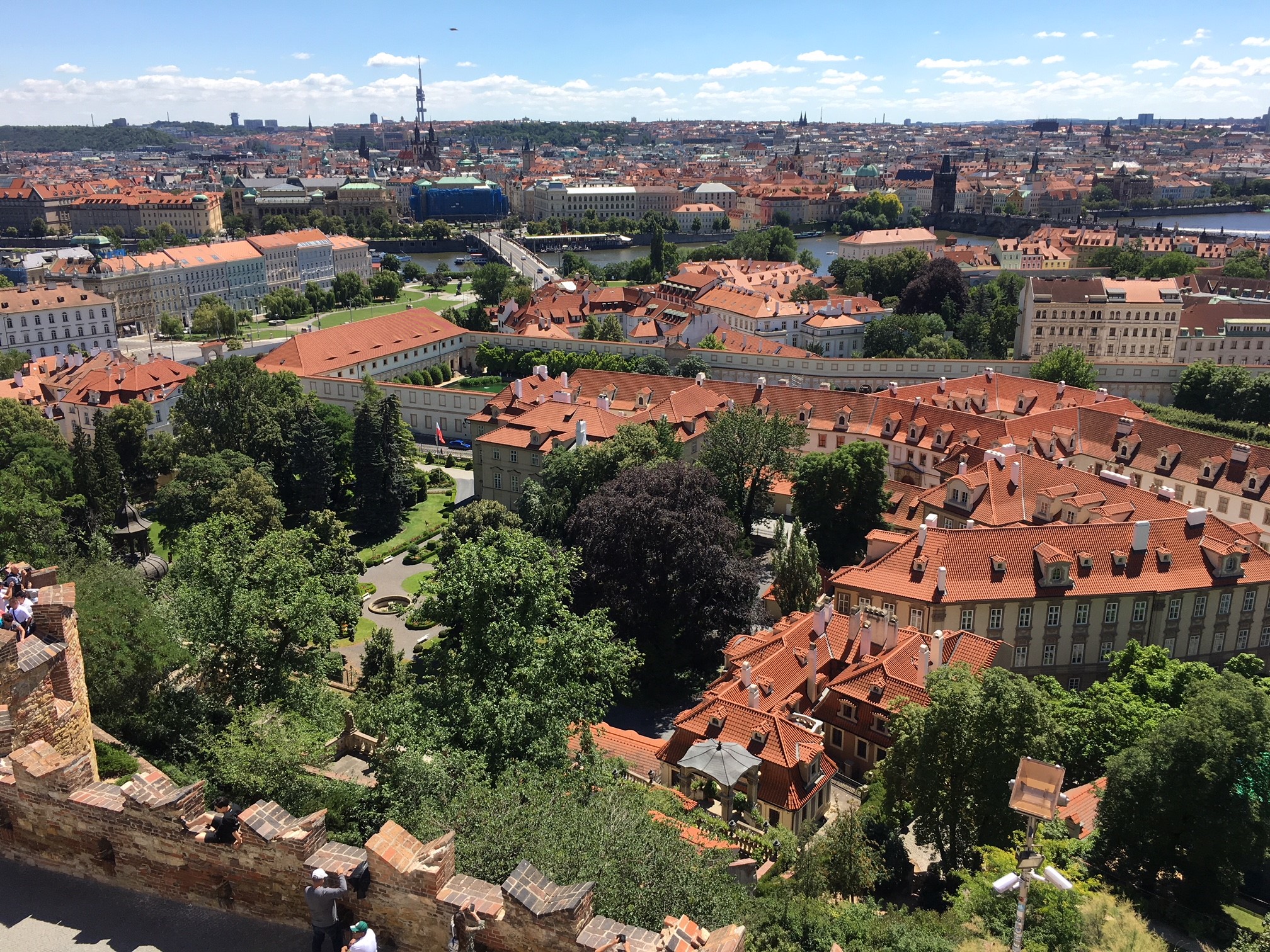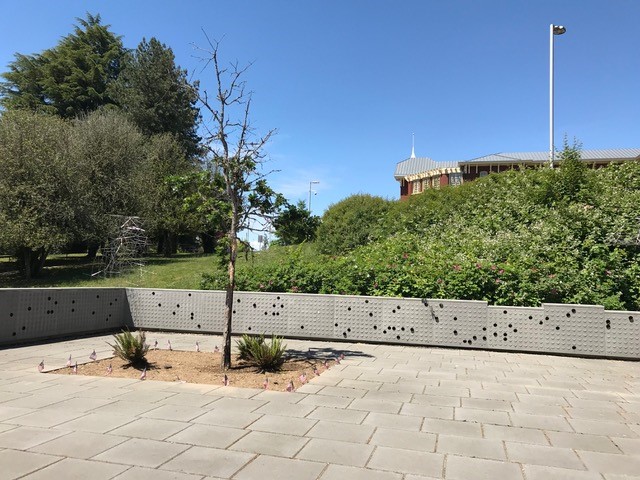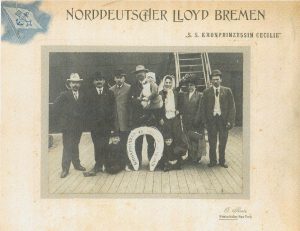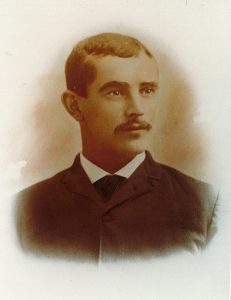 One of my more inscrutable brick walls isn’t made out of brick at all. Rather, it looks to be made of cheese. No, not cheddar, bleu, or provolone, nor is it built from anything lost in the Badger State. I guess if had to describe the wall – you know, to say what sort of cheese it best resembled – I’d be forced to say “Swiss.” The reason for this is that the wall is somewhat genealogically airy, with both a cheesy truth and speculation leaking through it – at least in a manner of speaking.
One of my more inscrutable brick walls isn’t made out of brick at all. Rather, it looks to be made of cheese. No, not cheddar, bleu, or provolone, nor is it built from anything lost in the Badger State. I guess if had to describe the wall – you know, to say what sort of cheese it best resembled – I’d be forced to say “Swiss.” The reason for this is that the wall is somewhat genealogically airy, with both a cheesy truth and speculation leaking through it – at least in a manner of speaking.
The wall itself is a simple one. It was built around my mother’s date of birth, or at least the year in which she was born. Now, mom wasn’t born all that long ago, in 1935, so it’s amazing just how far back and out of memory “1935” can be – especially when one is trying to meld together “the rest of the story.” Continue reading Kitchen inquisition








